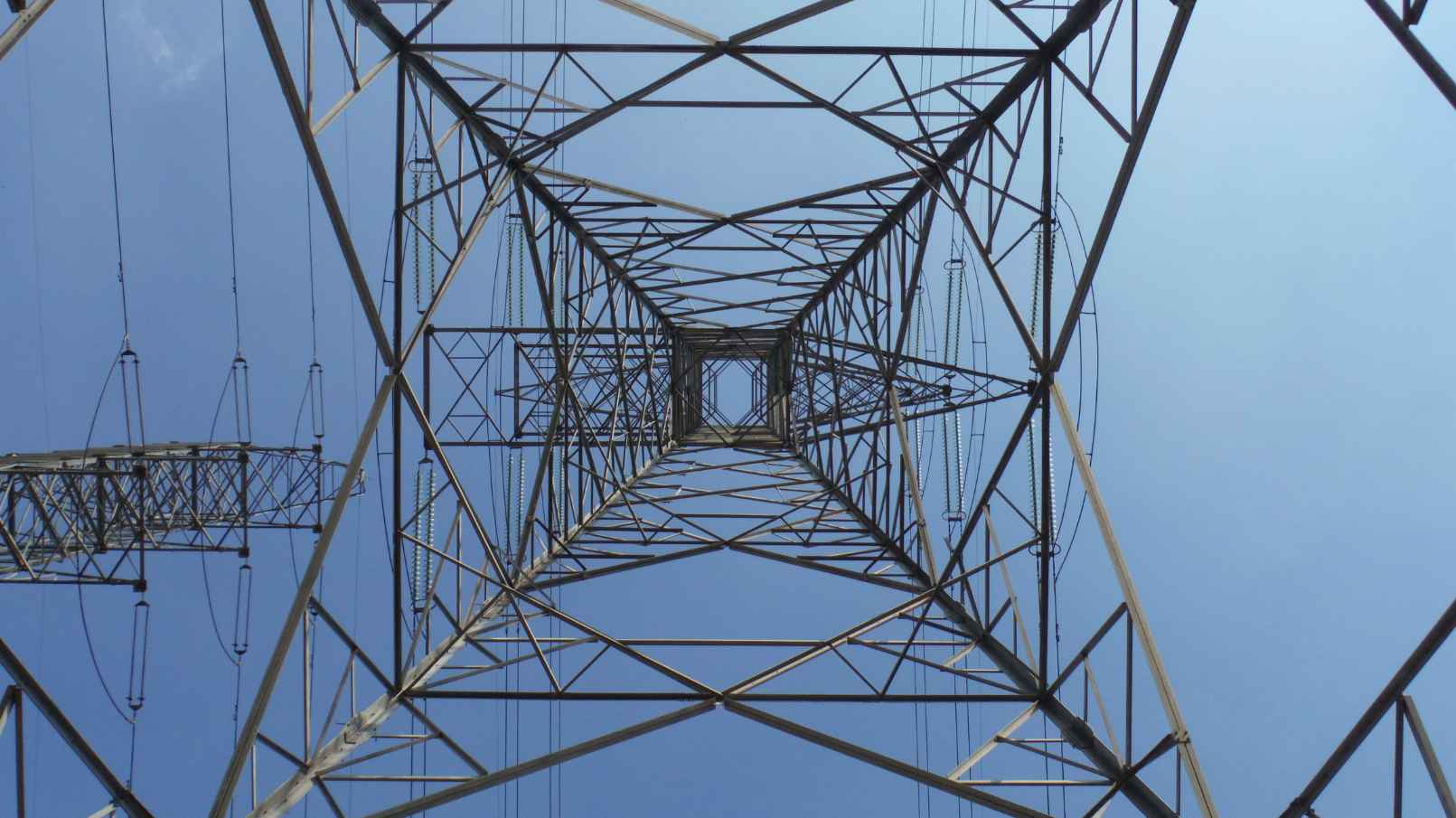Utility expenses can be a major financial burden for businesses, particularly when overcharges and hidden fees go undetected. Without regular audits, many companies end up paying more than they should, unknowingly straining their budgets. Utility bill audits can help businesses identify these discrepancies and correct them, providing a straightforward way to cut costs and improve profitability.
Why Businesses Overpay on Utility Bills
Utility bills are notoriously complex, with numerous line items, surcharges, and fluctuating rates. Common reasons for overpayments include:
- Incorrect Rate Applications: Businesses are sometimes billed at incorrect rates due to misclassification.
- Unnecessary Surcharges: Fees for extra services, such as late payment penalties or maintenance charges, may be inaccurately applied.
- Overestimated Meter Readings: Estimated readings instead of actual usage can result in inflated bills.
How Utility Bill Audits Can Uncover Savings
A comprehensive utility bill audit examines each line item, verifying accuracy, rate application, and fee legitimacy. Comfort Profit Consulting conducts these utility audits with a proven approach:
- Detailed Bill Analysis: Our team reviews historical bills to identify any patterns of overcharges.
- Rate Verification: We ensure your business is on the correct rate plan.
- Charge Verification: Unnecessary surcharges or fees are flagged and disputed if in error.
The Benefits of Regular Utility Bill Audits
By conducting regular utility audits, businesses can:
- Reclaim Overcharges: Recover money from previous billing errors.
- Lower Future Costs: Eliminate recurring errors and optimize rates.
- Improve Budget Forecasting: Gain a clearer understanding of actual utility costs for more accurate financial planning.
Contact us today!
If your business is tired of overpaying on utilities, it’s time for a utility bill audit from Comfort Profit Consulting. Our expert team has helped countless clients uncover hidden savings and reduce their monthly expenses. Contact us today for a free consultation and let us help you stop unnecessary overcharges once and for all.






